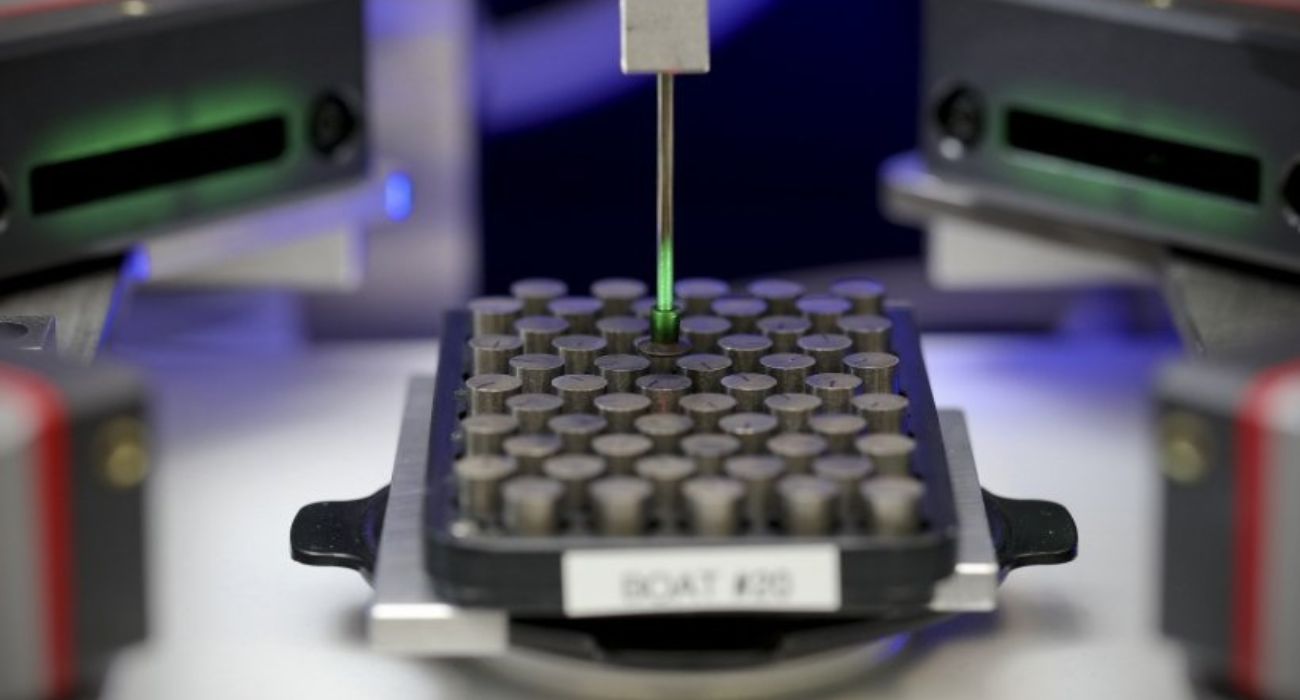NASA scientists have received a shipment of plutonium-238 from the U.S. Department of Energy’s Oak Ridge National Laboratory in the hope of using this new material to power future endeavors in space.
Plutonium-238 is a radioactive material known to emit heat through its own natural processes. Scientists intend to use this material as a power source in radioisotope power systems (RPS) in space crafts.
The radioactive material has been used in over two dozen such missions and electrical systems following its selection from the U.S. Department of Energy (DOE).
“This unique material has been used to create electricity for a wide variety of spacecraft and hardware, from the science experiments deployed on the Moon by the Apollo astronauts to durable robotic explorers, such as the Curiosity Mars rover and the Voyager 1 and 2 spacecraft, which are at the edge of the solar system,” said NASA on its website.
The DOE announced in July that it had shipped about 1.1 pounds of the material to Los Alamos National Laboratory. This shipment was the largest since production restarted over a decade ago following a 30-year hiatus.
“New plutonium-238 production is part of a broader infrastructure at DOE that provides radioisotope power systems to NASA for use in space missions,” said NASA on its website. “Plutonium oxide is produced at ORNL and shipped to Los Alamos National Laboratory (LANL) where it is turned into heat source pellets, which are then shipped to INL to be placed into safe, long-term storage awaiting fueling of future radioisotope power systems there.”
NASA scientists intend to use the material to power the upcoming Dragonfly mission to Saturn’s moon Titan in 2027. NASA describes the shipment as a “critical step” for future endeavors.
“NASA’s Radioisotope Power Systems Program works in partnership with the Department of Energy to enable missions to operate in some of the most extreme environments in our solar system and interstellar space,” said Carl Sandifer, RPS program manager at NASA’s Glenn Research Center in Cleveland, according to NASA.
Scientists hope to produce over 3 pounds of this new substance per year by 2026.






